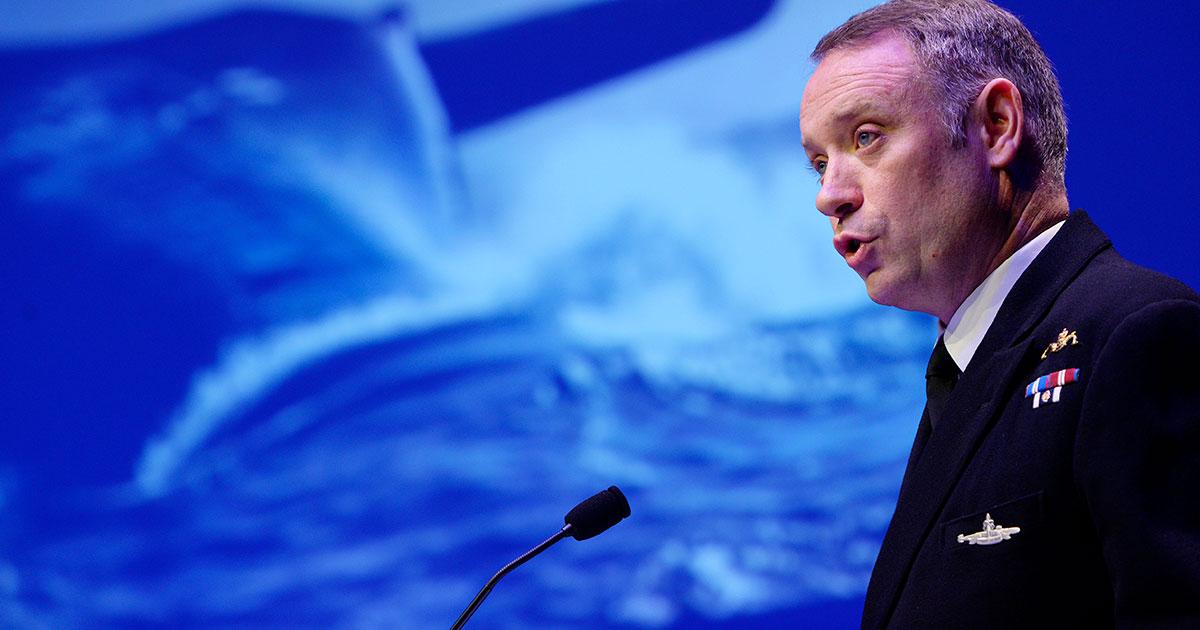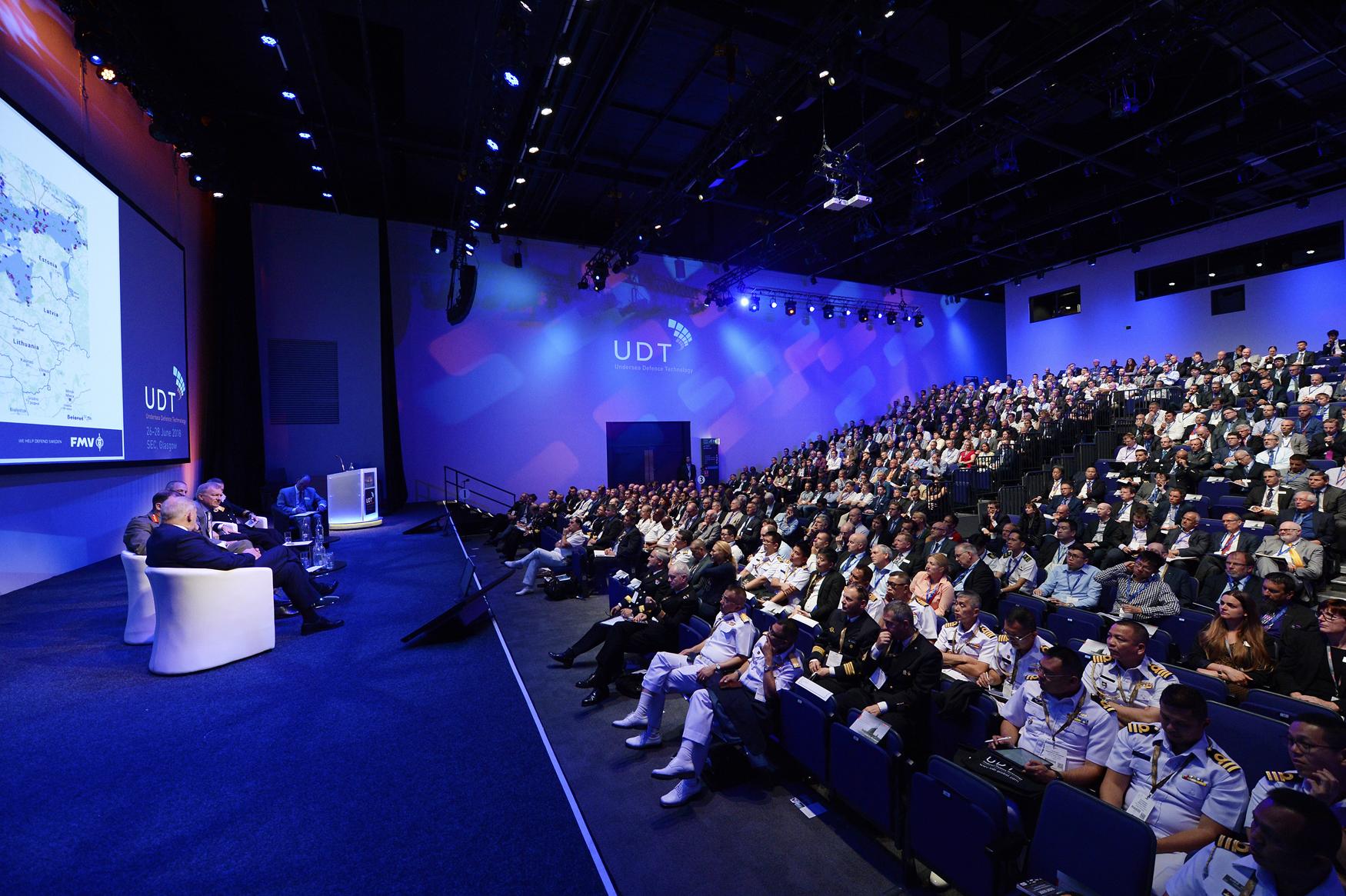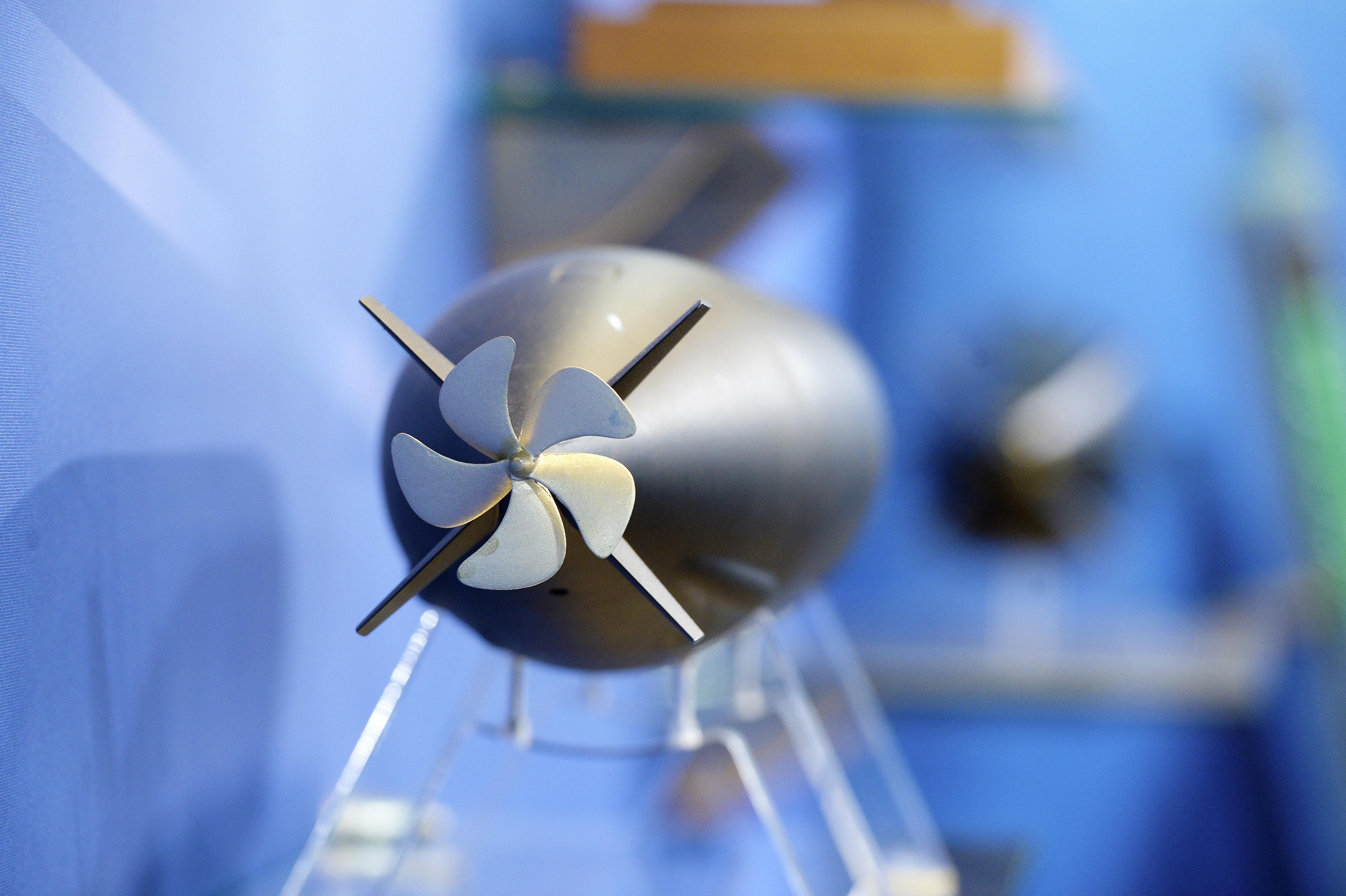Defending the Underwater Domain: UDT 2019 Dives Deep

Not since the Cold War has the underwater domain played such a critical role in military strategy and tactics. With emerging regional powers bringing significant new capabilities into play and nations around the world embarking on ambitious underwater equipment programmes, the underwater domain is at the very forefront of the modern battlefield.
Taking place in Stockholm, Sweden, from 13-15th May 2019, the Undersea Defence Technology (UDT) exhibition and conference will provide a timely look into some of the most relevant work being done in this sector.
“The underwater defence technology sector is undergoing a period of great change,” Bert Johansson, UDT 2019 Committee Chair, said. “Within the context of a rapidly evolving defence environment where peer and near-peer adversaries present a growing threat that Sweden – with its key geographic location the Baltic coast – understands all too well, the military underwater domain is being relentlessly challenged to provide solutions to tomorrow’s problems.
“As a result, underwater technology development is being driven at a speed and in directions that we have seldom seen before.”

Facing up to new challenges
Combat diving is firmly on the agenda, with the Military Diver Capabilities conference returning as a discussion platform for those engaged in diver operations, training, equipment research and development. Commanders, divers, project managers and technicians from across the world will have the opportunity to see the latest developments in diver equipment, systems and national capabilities.
Over the course of the three-day mainstream conference, key issues facing global military forces as they tackle new challenges in the global underwater defence and security environment will be considered from every angle.
Mine Counter-Measure (MCM) capabilities is set to be a hot topic at the event, and is being taken up by Pawel Polanski, Underwater Weapons Department Manager at R&D Marine Technology Centre, Gdynia. Polanski will present on the topic of degaussing systems (DG) for MCM vessels with emphasis on its more advanced version running in a closed loop (CLDG).
“The recently awarded contract for twelve MCM vessels for Belgian and Dutch Navies, as well as ongoing construction of Kormoran class mine hunters for the Polish Navy show that mine warfare will be continue to be an important part of navies’ operations,” Polanski said. “Simultaneously over past years we have seen a steady movement towards the use of unmanned systems in MCM operations, and those two projects are good example of that.”
But while unmanned MCM is increasingly keeping personnel out of harm’s way, it presents its own challenges.
“Going back to the signatures – with all that in mind – the signature management cannot be a little bit relaxed, we are still required to meet strict standards, provide vessel safety and moreover do this in ever growing budget constraints,” Polanski said. “So the development of the efficient DG with CLDG capability within our project is a way to meet both signature level and budget limits.
“CLDG has been already deployed on board MCM vessels while recent works in RIMPASSE trials, DGA/G2ELab presentations concerning submarines and ongoing works within COSIMAR and MASTERCODE projects indicate that signature management is an important task and its advancement should be pursued for both MCM vessels and combatants.”

Underwater eyes
On day three Commander Walter Cappelli, Underwater Technologies and Weapon Systems, Naval Armament Directorate, Italian Ministry of Defence, will present on the SASSO programme, which deals with opto-acoustic sensors for underwater surveillance.
Cappelli points to a number of challenges currently facing the underwater defence arena: the ability to efficiently operate in shallow waters, extend the area controlled by a platform, and the need to develop new means for underwater hardkill, but it is the underwater unmanned vehicle domain that present some of the biggest opportunities for innovation.
The needs here are plentiful: to develop heterogeneous, multidomain, modular, interoperable sensors and data fusion techniques based on AI for the detection, localization, identification and tracking of targets in shallow water; to extend high resilience capability and deployability in multi-environment scenarios to enable effective monitoring and data collection; and enable robust, adaptive, autonomous decision systems based on redundant anomalous behaviour detection techniques with distributed cognitive methodologies to support human intervention.
Key to all of this according to Cappelli? Industrial cooperation.
“The total amount of financing for technologies dedicated to the underwater applications is reduced, except for oil and gas and Artic research, compared to space, air and land,” he said. “Industries have consequently reduced their involvement in underwater technologies which can hardly find application in other fields.
“The evolution [requires] the strengthening of industry through international cooperation and, with regard to the European Union, through the creation of common European requirements supported by common finance.”
Also on day three, Dr Ioseba Tena, Global Business Manager - Marine Robotics Systems, Sonardyne Spain will discuss the use of covert communications as an enabler for the coordination of force multipliers, such as unmanned underwater vehicles. He will present a novel technology for transferring large volumes of data wirelessly over significant distances subsea, and shed light on how free space optical modems can be used to enable rapid data transfer from and real-time control of unmanned systems.
“I think this is a game changer and will be particularly beneficial for covert operations,” Tena said. “Robots are transforming the way we interact within the underwater domain. They pose many challenges both technical and operational, and we need to adapt our traditional tools to both communicate with them and make them part of our CONOPS, as well as understand how others are using them.”
As advances in sensor technology and AI allow platforms to become smaller and more capable, the door to fully exploiting these capabilities is wide open in the underwater domain.
“We have seen the dawn of the unmanned maritime systems age - these systems require that we re-think the subsea domain,” Tena said. “Anti-submarine warfare is transformed when the submarines are unmanned, long-endurance and numerous because they become accessible to more players.” At the same time, battery technology and the miniaturisation of electronics is enabling development to push into completely new directions, such as the ability to deploy acoustics beacons subsea for years at a time.
With all these presentations and more, UDT 2019 promises a stimulating and rewarding event for the underwater defence and security community.
“UDT 2019 offers an ideal opportunity for scientific and industry organisations as well as for defence to collaborate and connect, present new ideas, share experiences and conclusions, as well as gathering comments and feedback from peers,” Johansson said. “I am excited to see what the brightest minds in our industry are working on to tackle the underwater defence challenge head on.”

